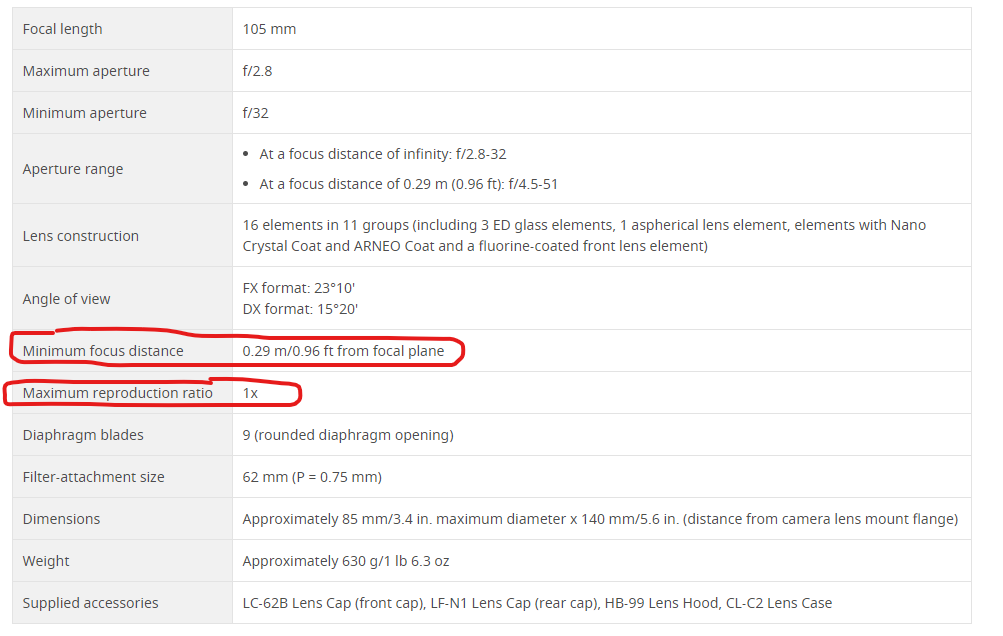Projection
When a subject is captured by the lens and projected onto the camera sensor, the ratio between the subject and the projection is the reproduction ratio. So if you shoot a small ant that is 0.2 centimeters long in real life and it is projected to the sensor as being 0.2 centimeters long on the sensor as well, the reproduction ratio is 1:1. Had the ant been only 0.1 long on the sensor, then the reproduction ratio had been 1:2. Some also write this as 0.5x.
So why should you care? Well, unless you are a macro photographer in search for a lens that will zoom in on your tiny, tiny subjects as much as possible, I think you can lead a great life as a photographer happily ignorant of the term reproduction ratio!
The reproduction ratio is influenced by the distance to the subject, and the distance to the subject is limited by the minimum focus distance of the lens. If you cannot get the lens to focus on something very close to you, try to take a step back and see if it gets better. If it does, you have tried to focus closer than what the minimum focus distance allows. When you focus as close as the lens allows, you have reached the maximum reproduction ratio of the lens. You can find both the reproduction ratio and the minimum focus distance in the lens specification list.
Above is the specifications for the Nikkor MC 105 2.8 S macro lens. The circled in lines show that the closest it will focus is 29 centimeters, and the maximum reproduction ratio is 1:1 or 1.0x.
You can get some very specialized lenses that will yield a reproduction ratio of more than 1x, but I think they are rare. In the case above, I think it is more than fair that Nikon calls this a macro lens.
As a fun fact, even though the minimum focus distance allows you to go crazy close to the subject, then this is no guarantee for a large reproduction ratio. The Nikkor 20mm S lens has a minimum focus distance of 20 cm (!) but still only has a reproduction ratio of 0.19x.

